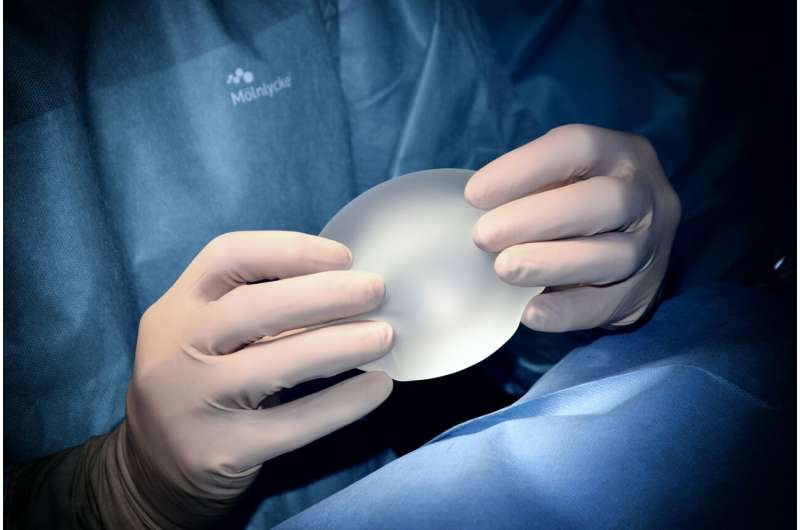Understanding How the Brain Creates Time Markers to Organize Memories

Scientists uncover how the brain creates neural bookmarks to organize experiences and memories, shedding light on time perception and implications for Alzheimer's disease.
Recent research from the Kavli Institute for Systems Neuroscience sheds light on the brain's remarkable ability to structure and organize our experience of time. The study, published in the journal Science, reveals that the brain doesn't simply record time passively; instead, it actively creates a series of neural bookmarks that segment continuous experiences into meaningful moments.
Led by Nobel Laureates May-Britt and Edvard Moser, the team examined a brain region called the lateral entorhinal cortex (LEC), which plays a crucial role in our perception of time during experiences and the formation of memories. Using cutting-edge technology called Neuropixels, they recorded activity from thousands of neurons simultaneously. They discovered that the activity patterns in the LEC drift gradually but never exactly repeat, forming a constant, inherent neural drift.
What makes this groundbreaking is the observation that sudden jumps in neural activity occur at significant moments—such as encountering a surprise or reward—effectively marking the beginning and end of experiences. These abrupt changes act like neural bookmarks, akin to beads on a string, where each jump provides a distinct neural signature for that experience. Between these bookmarks, the activity continues to drift smoothly, allowing the brain to organize the sequence of events accurately.
This neural mechanism explains how the brain manages to differentiate and remember various experiences, even in a continuous flow of sensory information. When something notable happens, the brain inserts a 'bookmark'—a neural barcode—that helps in storing and later retrieving the memory.
The findings also illuminate why time perception varies in different contexts. During an exciting moment with many details, the brain encodes numerous bookmarks, making time seem longer in memory. Conversely, mundane periods with few distinctive events feel shorter retrospectively.
Moreover, the study's implications extend to understanding neurodegenerative diseases like Alzheimer's. The disease often affects the entorhinal cortex early on, disrupting the brain's ability to organize memories and the sequence of events. Understanding these neural bookmarks opens new avenues for early diagnosis and potential therapeutic strategies.
Overall, this research advances our understanding of how the brain segments experiences into a coherent timeline, forming the fabric of our memories and sense of time.
Source: https://medicalxpress.com/news/2025-07-brain-bookmarks.html
Stay Updated with Mia's Feed
Get the latest health & wellness insights delivered straight to your inbox.
Related Articles
Increased Risk of Rare Lymphoma in Breast Cancer Patients with BRCA Mutations and Textured Implants
Women with breast cancer carrying BRCA mutations who receive textured breast implants face a significantly higher risk of developing rare lymphoma, according to new research. The study underscores the importance of genetic testing and personalized healthcare in breast reconstruction decisions.
Insufficient Daily Fluid Intake Elevates Stress Hormone Levels in Adults
New research reveals that drinking less than the recommended daily fluids increases cortisol levels, heightening stress and health risks. Proper hydration supports stress management and long-term well-being.
Understanding How Certain Medications Can Damage Your Hearing
Certain prescription and over-the-counter medicines, including antibiotics, chemotherapy drugs, and painkillers, can cause irreversible hearing loss. Learn which medications to watch for and how to protect your hearing health.
New Study Links Air Pollution to Increased Risk of Lewy Body Dementia at Molecular Level
Groundbreaking research links air pollution to increased risk of Lewy body dementia by revealing a novel molecular pathway. Studies indicate that long-term exposure to PM2.5 particles can induce toxic protein aggregation in the brain, potentially leading to neurodegenerative diseases like Parkinson’s and Lewy body dementia. These findings highlight the significance of environmental health in neurological disease prevention.



